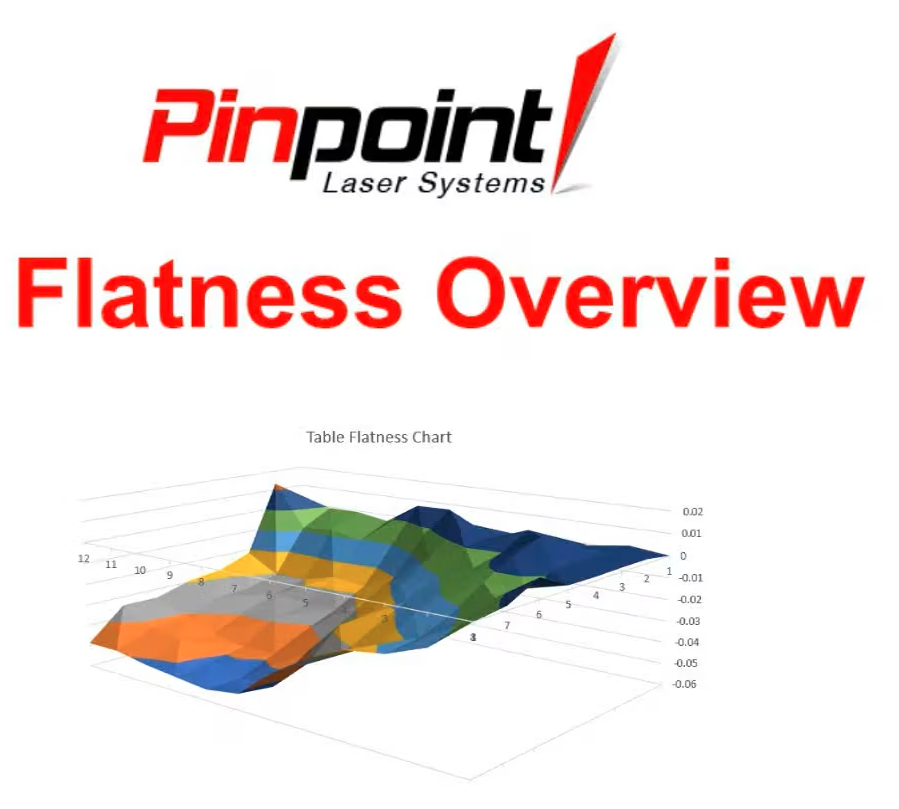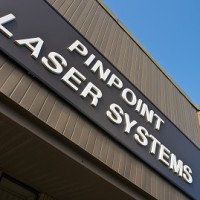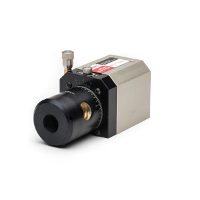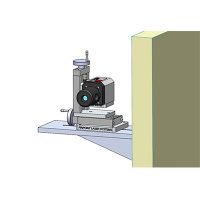Flatness is a geometric condition in which a surface’s height and shape remain consistent. In many manufacturing and machining processes, a flat surface serves as a stable and accurate foundation for assembly, measurement, and fitting.
In manufacturing, flatness ensures that components fit together properly, allowing for smooth operation and precise assembly while minimizing wear on mechanical systems. In machining, precise flatness is important for proper tool alignment and accurate cuts, ensuring parts remain within acceptable tolerances. The slightest deviation from flatness can impact process performance, efficiency, machine lifespan and quality output.
Bed out-of-flatness, for instance, is a significant cause of product imperfections in milling machines. If the bed is not flat, tool and workpiece alignment may be comprised, leading to tool chatter and uneven cutting forces. These issues can result in variations in cut depth, surface finish, and dimension accuracy, leading to defects in the final product. An uneven surface might cause uneven wear on the cutting tools. Ensuring bed flatness is essential for achieving high-quality results. Flatness can also refer to the movement of a tool path or the movement of a component as it moves in a plane.

Flatness Measurement
Flatness measurement quantifies deviations from an ideal flat plane. While straightedges and dial indicators are simple tools for measuring flatness, they have limited measurement range and are most effective in small areas. In addition, these manual methods are prone to errors caused by inconsistent placement, multiple set-ups, uneven contact points and measurement inaccuracies.
A laser alignment system offers greater precision for flat measurement and can be used for larger and more complex surfaces. Instead of relying on heavy straight edges, a laser beam can be rotated to form a reference plane above the measured surface. A digital receiver provides a very precise height measurement between the measured surface and the reference plane of laser light. Making multiple measurements across the surface of the plate, the machine bed, production assemblies, and rail systems, the height profile can be measured. This profile is a useful and practical measurement of the plane.
Some systems are wireless, making them ideal for locations where cables are a cumbersome.
How Lasers Work
The laser transmitter is placed onto a rotational base allowing the laser and its reference beam to swing thru an arc or full circle. The laser housing may also remain stationary and project a reference beam from a small rotating port. In both cases, the laser beam provides a precise flat plane of laser light for measuring. A digital receiver accurately measures the position of the laser light entering the receiver, and with a display, provides an accurate measurement of the receiver’s height relative to the center of the laser beam. By moving the receiver to multiple measurement locations the measurement values can be grouped and saved with their respective locations. By storing sequences of height measurements, and mapping their position profile maps are created for evaluating flatness and planes. A laptop or display un it with software for organizing measurement locations and height values is a useful tool for planer and flatness measurements.
When mounted onto a precision rotating base, the laser transmitter can sweep through a full circle, defining a flat, precise plane of light to within 0.0001 inches over a 24-foot diameter area. The receiver is moved to different locations within the work area, with the laser aimed at it to make height and profile measurements.
A portable readout provides real-time measurement, allowing from immediate adjustments. In addition, data can be downloaded to a computer for processing, enabling the creation of surface profiles that illustrate flatness variations and analysis of trends to identify areas that consistently have issues.
Flatness Applications
Laser alignment systems can effectively measure flatness for a variety of applications, including:
- Machine beds and work surfaces
- Profiling surfaces and assemblies
- Gantry and machine tool alignment
- Roller and web system alignment
- Setting tracks, rails and guides
- Positioning machinery beds and equipment
By using laser flatness measurement systems, companies can enhance in-house capabilities to conduct regular preventative maintenance without relying on outside contracts. The ability to measure the flatness of large areas quickly and accurately helps minimize machine downtime and improve operational efficiency.


































